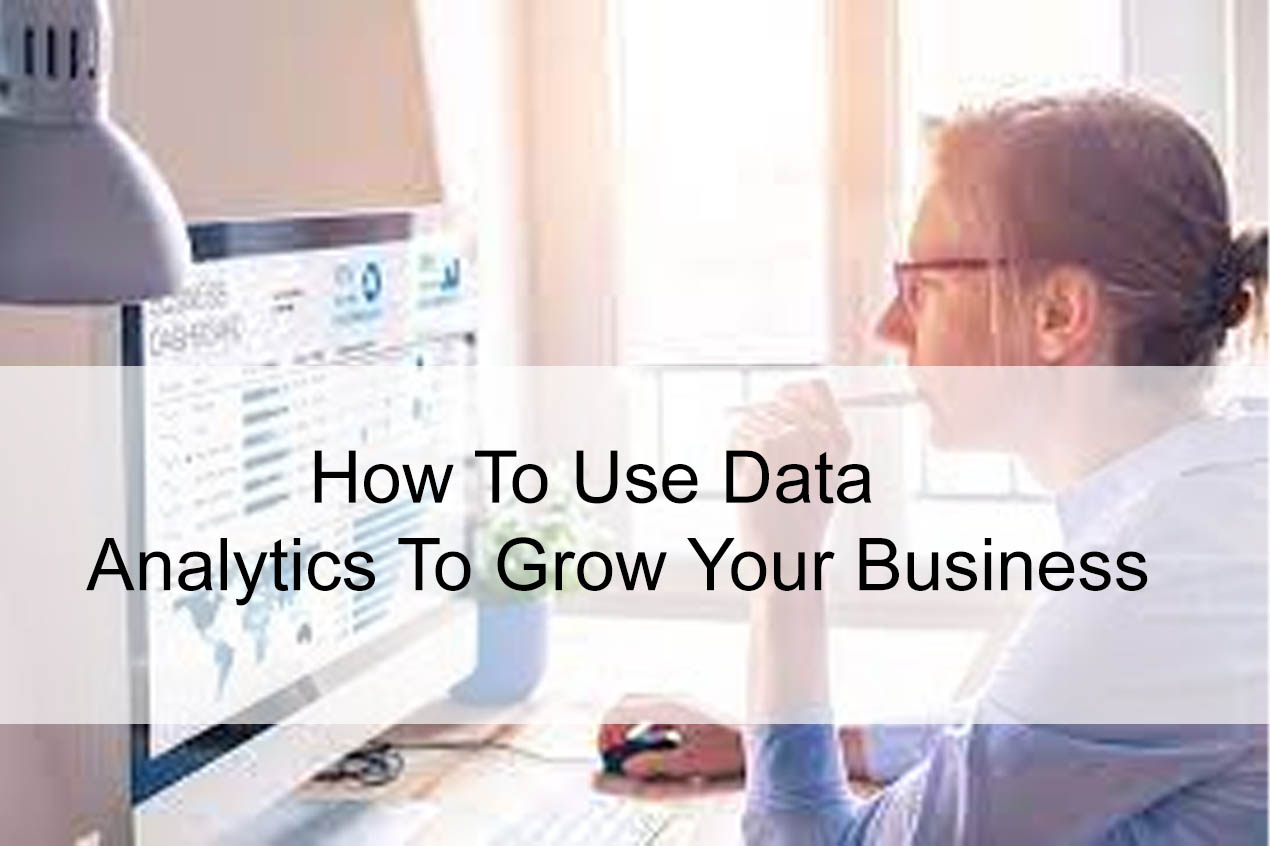
How To Use Data Analytics To Grow Your Business
Emily
- 0
Data analytics is a powerful tool for businesses to understand their customers, identify patterns and trends, and make informed decisions. In this article, we’ll explore how you can use data analytics to grow your business.
- Collect data: The first step in using data analytics is to collect data. This can include customer demographics, sales figures, website traffic, and social media metrics. There are many tools available to help you collect data, including Google Analytics, Facebook Insights, and customer relationship management (CRM) software.
- Analyze data: Once you have collected data, the next step is to analyze it. This can involve using statistical analysis, machine learning algorithms, and visualization tools to identify patterns and trends. For example, you might use data analytics to identify which products are selling well and which are not, or to understand how customers are interacting with your website.
- Use insights to make decisions: The insights you gain from data analytics can be used to make informed decisions about your business. For example, if you discover that a particular product is selling well, you might decide to invest more resources in promoting it. Alternatively, if you find that customers are struggling to navigate your website, you might decide to make changes to improve the user experience.
- Optimize marketing efforts: Data analytics can be particularly useful for optimizing marketing efforts. By analyzing customer data, you can identify which marketing channels are most effective and which are not. This can help you to allocate your marketing budget more effectively and improve your return on investment (ROI).
- Personalize customer experiences: Finally, data analytics can be used to personalize customer experiences. By analyzing customer data, you can understand their preferences and behaviors and tailor your products and services to meet their needs. This can help you to build stronger relationships with your customers and improve customer loyalty.
- Track key performance indicators (KPIs): KPIs are measurable values that indicate how well your business is performing. By tracking KPIs such as revenue, profit margin, and customer retention rate, you can identify areas where your business is excelling and areas where improvements are needed.
- Use predictive analytics: Predictive analytics involves using historical data to make predictions about future outcomes. By using predictive analytics, businesses can anticipate customer behavior, forecast sales trends, and identify potential risks.
- Conduct A/B testing: A/B testing involves testing two different versions of a product, webpage, or marketing campaign to see which performs better. By using data analytics to analyze the results of A/B tests, businesses can make data-driven decisions about which approach to take.
- Use data to inform product development: By analyzing customer data, businesses can identify which features and products are most in demand. This can inform product development efforts, helping businesses to create products that meet the needs of their target market.
- Invest in data infrastructure: To effectively use data analytics, businesses need to have the right infrastructure in place. This includes investing in data storage, processing, and visualization tools, as well as hiring data analysts and data scientists to interpret the data.
In summary, data analytics can be an incredibly valuable tool for businesses looking to grow. By collecting, analyzing, and interpreting data, businesses can make informed decisions, optimize marketing efforts, and personalize customer experiences. By investing in data infrastructure and leveraging the power of data analytics, businesses can gain a competitive advantage in today’s data-driven economy.

